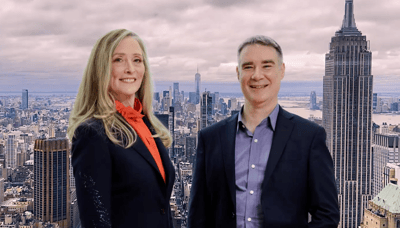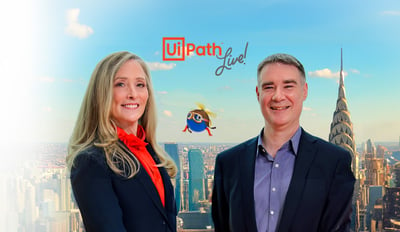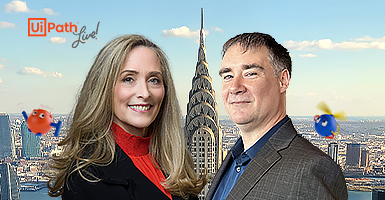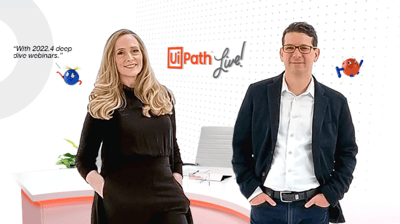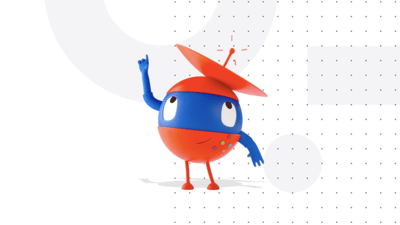Catch up with all UiPath Live episodes
Our quarterly series focuses on what’s new in AI and automation. Expert insights, inspiration, customer stories, and UiPath product advances are just a click away. Save your seat for the next broadcast, or explore our archive.
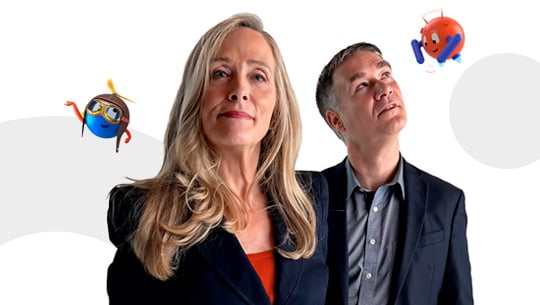
The Path to Agentic Automation
How can you achieve warp speed in adopting agentic automation to capture revenues, cut costs, and boost efficiency?
Click and learn with UiPath Live : The Path to Agentic Automation!
The UiPath Live Archive Take a second chance to view first-class automation thought leadership
Catch up with the innovative ideas and insights on AI + automation from prior episodes of UiPath Live. Click on a tile to view.
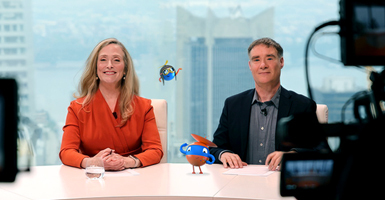
Events
UiPath Live : Rethinking Your Operating Model for the Agentic Age
Hear UiPath CEO Daniel Dines and other esteemed thought leaders discuss how you can leverage agentic AI to reimagine better, faster, cheaper operating models.
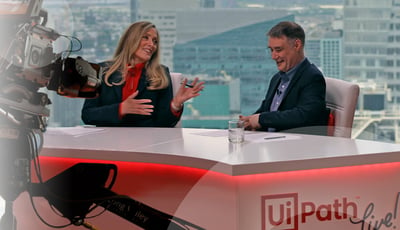
Events
UiPath Live : AI from A to Z
Join co-hosts Mary Tetlow and Geoff Anderson and their guests as they discuss the value AI can deliver, and the shortest and most effective ways to capture its benefits.
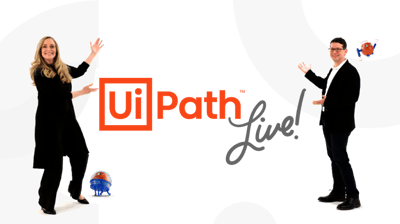
Events
UiPath Live : Your Automation Agenda for 2022
In the Season 2 premiere of UiPath Live, hosts Mary Tetlow and Diego Lomanto give you everything you need to propel your automation program to new heights.

